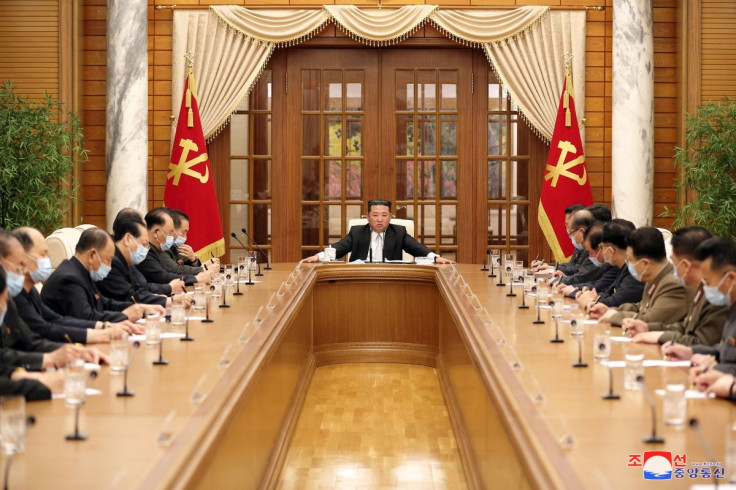North Korea Confirms First Ever COVID-19 Case Since Pandemic Began
KEY POINTS
- It is unclear how many people in North Korea have been infected with COVID-19
- North Korea's state-run media called the infection the 'biggest emergency incident' in the country
- Pyongyang residents were ordered to go into COVID-19 lockdown
North Korea on Wednesday reported a case of BA.2 Omicron subvariant of COVID-19, the first time the country acknowledged a coronavirus infection since the pandemic began in 2020.
The state-run news media KCNA said the first case of the Omicron subvariant was detected in the capital city of Pyongyang. The report did not provide any additional details about how many people were infected and where the infection came from. However, state-run media did call the infection an “emergency incident.”
“There has been the biggest emergency incident in the country, with a hole in our emergency quarantine front, that has been kept safely over the past two years and three months since February 2020,” the state media said.
The COVID-19 case is a concerning development for North Korea as it remains one of two countries in the world that has refused to administer COVID-19 vaccines, along with Eritrea. In 2021, Pyongyang rejected nearly three million doses of China’s Sinovac vaccine and nearly two million doses of AstraZeneca shots. Additionally, the international COVAX program also allocated 250,000 doses of the Novavax COVID-19 vaccines to North Korea but later canceled the allocation due to a lack of response from North Korean officials.
In addition to being unvaccinated, North Korea also suffers from a dilapidated healthcare infrastructure. A COVID-19 outbreak and a surge of coronavirus patients could lead to the collapse of the country’s healthcare system.
The state media’s report was published as North Korean leader Kim Jong-un led a Workers’ party meeting where he called for officials to eliminate the source of the COVID-19 infection as soon as possible.
Pyongyang residents were ordered to go into lockdown Tuesday after officials issued a warning of a “national problem.” The lockdown led to panic buying and shortages in supply amid fears of a prolonged COVID-19 lockdown in the capital, a source familiar with the matter told NKNews.
North Korea previously reported no cases of COVID-19. It also closed its borders for nearly all trade and visitors for two years since the pandemic began. The border slowly reopened in January 2022, allowing freight train traffic from the neighboring country of China.

© Copyright IBTimes 2025. All rights reserved.






















